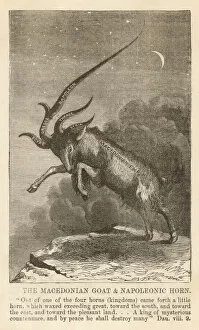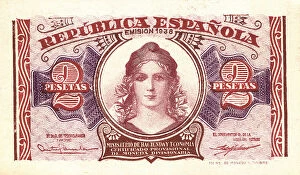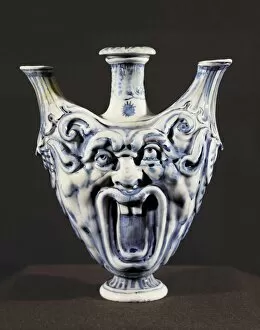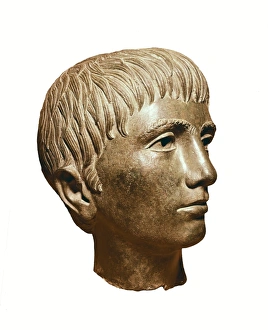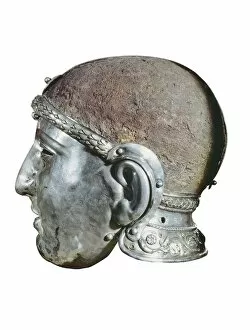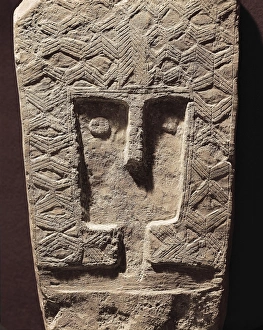Countenance Collection
Countenance is a fascinating concept that transcends time and culture, as evidenced by its presence in various historical artifacts
All Professionally Made to Order for Quick Shipping
Countenance is a fascinating concept that transcends time and culture, as evidenced by its presence in various historical artifacts. From the mighty Macedonian Empire to the Spanish Civil War, it has played a significant role in human history. In the annals of ancient Macedonia, countenance was revered as a symbol of power and authority. The rulers of this empire possessed an aura that emanated from their regal countenances, commanding respect and admiration from their subjects. Fast forward to Spain in 1938 when countenance found its way onto the 2 pesetas bill. Amidst the chaos of the Spanish Civil War, this currency bore witness to countless struggles etched on people's faces - fear, determination, resilience. Even advertising posters during this tumultuous period captured countenances filled with hope or despair. They served as reminders of humanity's ability to endure even in times of great adversity. Moving beyond politics and war, it also made its mark on art through Medici porcelain. Three grotesque-style spouts adorned these delicate pieces, showcasing intricate facial expressions that conveyed emotions ranging from joy to sorrow. The renowned painter Francisco de Zurbaran immortalized countenance in his masterpiece "Holy Face. " Painted in 1631, this haunting depiction exuded serenity while evoking deep spiritual contemplation. Sculpture too embraced countenance's allure with a head of a young boy dating back to Etruscan art from the 3rd century BC. This captivating piece showcased exquisite craftsmanship while capturing innocence and youthfulness frozen for eternity. Even theatrical costume design incorporated countenance into its creations. Don Bartolo's attire for "The Marriage of Figaro" reflected not only his character but also his demeanor through carefully crafted garments that mirrored his personality. Countenances have been immortalized throughout history through engravings like "That Wild Wheel, " which depicted intense emotions etched onto people's faces, leaving viewers captivated by their expressions.

